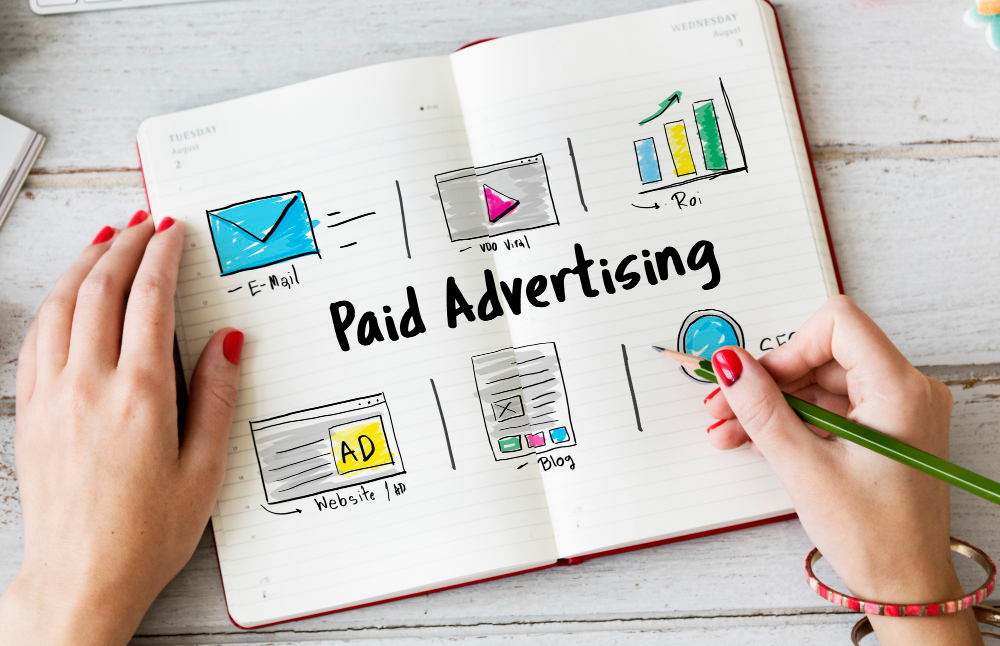A psychological breakdown of messaging, trust-building, and conversion signalsing, trust-building, and conversion signals.
Most B2B marketers spend hours fine-tuning their ad copy and visuals, but very few ask the most critical question: What’s going through the buyer’s mind when they watch this?
Unlike consumers, B2B buyers operate under pressure—tight deadlines, budget scrutiny, and stakeholder approval. So, when your ad appears in front of them, their mental filters are already activated. If your messaging doesn’t pass these filters quickly, you’ve lost them.
In this article, we’ll break down the psychology of a B2B prospect watching your ad—and how to tailor your messaging to align with how they think, feel, and decide.
1. First Impression: “Is this relevant to me?”
Mental Filter: Relevance check.
When your ad starts playing, the prospect is instantly looking for signals of relevance. Titles, visuals, or spoken lines that don’t match their role, pain point, or industry? Skipped.
Tip:
Use role-specific and industry-specific language in the opening seconds.
Example: “If you manage procurement for a mid-sized manufacturing firm, this is for you.”
2. Emotional Hook: “Do I trust what I’m seeing?”
Mental Filter: Credibility check.
B2B buyers are more skeptical than B2C. They’re thinking:
- “Is this vendor legit?”
- “Will this make me look good internally?”
- “Is this too good to be true?”
Tip:
Build trust quickly with:
- Client logos
- Industry stats
- Snippets of testimonials
- Clean, professional design and tone
Example Script Hook:
“Trusted by 200+ logistics teams to cut shipping costs by 18%—without changing carriers.”
3. Pain Recognition: “Do they understand my problem?”
Mental Filter: Empathy check.
Once they trust you, they want to see if you understand their daily struggles. If your ad jumps too quickly to product features, you’ll lose the emotional connection.
Tip:
Frame the problem before the pitch.
Use real-life phrasing like:
- “Still managing data in 4 spreadsheets?”
- “Tired of chasing approval across departments?”
4. Solution Match: “Can this solve my specific challenge?”
Mental Filter: Fit check.
At this point, the buyer is evaluating whether your solution applies to their exact context. Generic benefits won’t cut it.
Tip:
Tailor your messaging to reflect different use cases.
Use segmentation in your video ads to speak to multiple audiences with personalized scripts.
5. Social Proof: “Who else is using this?”
Mental Filter: Risk mitigation.
Even if they’re interested, B2B buyers rarely want to be the first to try something. They want to know who else has taken the leap—and what happened next.
Tip:
Drop in testimonials or customer stories early, not just at the end.
Use recognizable logos or industries they identify with.
6. Conversion Cue: “What should I do next?”
Mental Filter: Action clarity.
Finally, the buyer is subconsciously asking:
- “What happens if I click?”
- “Will I get a pushy sales call?”
- “Is this worth my time?”
Tip:
Make your CTA low-commitment, clear, and professional.
Examples:
- “Watch full case study”
- “Try the free ROI calculator”
- “Book a 15-min discovery call”
Final Thoughts: Think Like a Buyer, Not a Marketer
Your ad is not just a piece of creative—it’s a psychological conversation.
Each second is a test: relevance, trust, empathy, fit, proof, and clarity.
The better you align with what your buyer is already thinking, the faster you move from ad view → pipeline opportunity.


